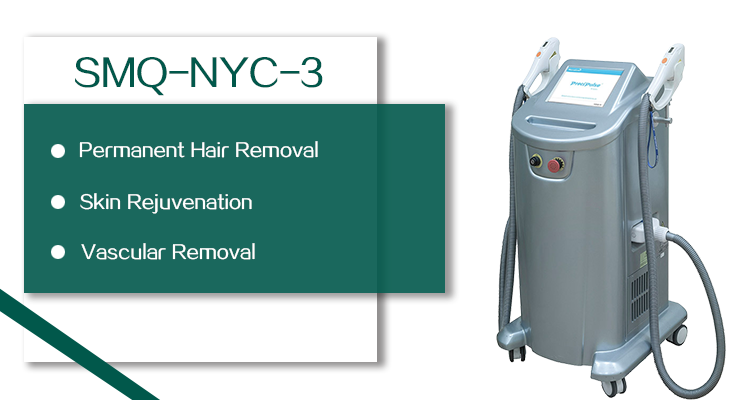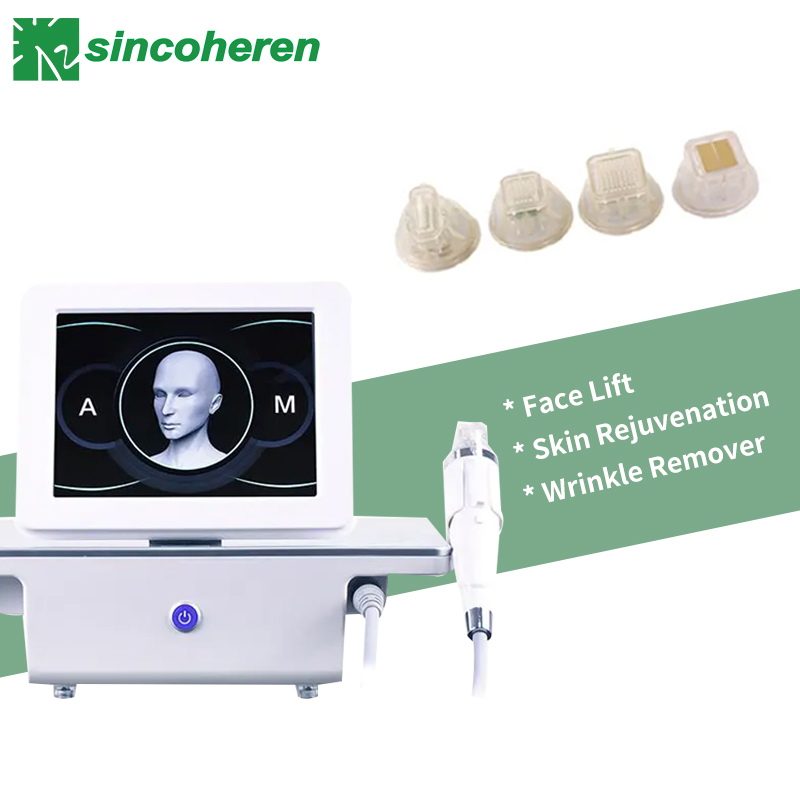What is the difference between Nd:YAG and picosecond laser?
The main difference is the pulse duration of the laser.
Nd:YAG lasers are Q-switched, which means they produce short high-energy pulses in the nanosecond range. Picosecond lasers, on the other hand, emit shorter pulses, measured in picoseconds, or trillionths of a second. The ultra-short pulse duration of the picosecond laser allows for more precise targeting of pigmentation and tattoo ink, resulting in faster, more effective treatments.
Another key difference is the mechanism of action.
The Nd:YAG laser works by providing high-intensity light energy in a short period of time to crush pigment particles in the skin, which are then gradually eliminated by the body's immune system. In contrast, picosecond lasers produce a photomechanical effect that directly breaks down pigment particles into smaller, easier-to-eliminate fragments. This makes the picosecond laser more effective at removing pigment and tattoos, requiring fewer treatments.
In terms of safety and side effects, picosecond lasers are generally considered safer for surrounding skin tissue. The shorter pulse duration minimizes heat and thermal damage to the skin, reducing the risk of scarring and hyperpigmentation. Nd:YAG lasers, while effective, may have a slightly higher risk of adverse effects due to longer pulse durations and higher heat generation.
Ultimately, the choice between Nd:YAG and picosecond lasers depends on the specific needs and preferences of the patient.
The Nd:YAG laser is widely recognized for its effectiveness in treating a variety of skin conditions, while the picosecond laser offers a more advanced and precise method of pigment and tattoo removal. Consultation with a qualified dermatologist or laser specialist is essential to determine the best treatment option for an individual case.







